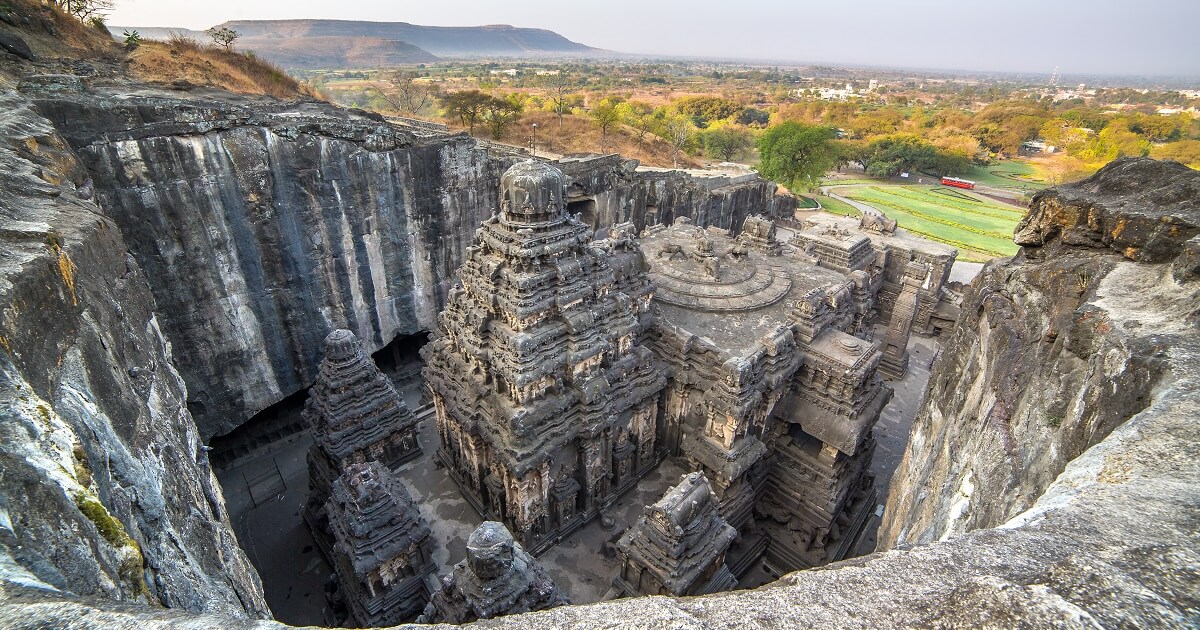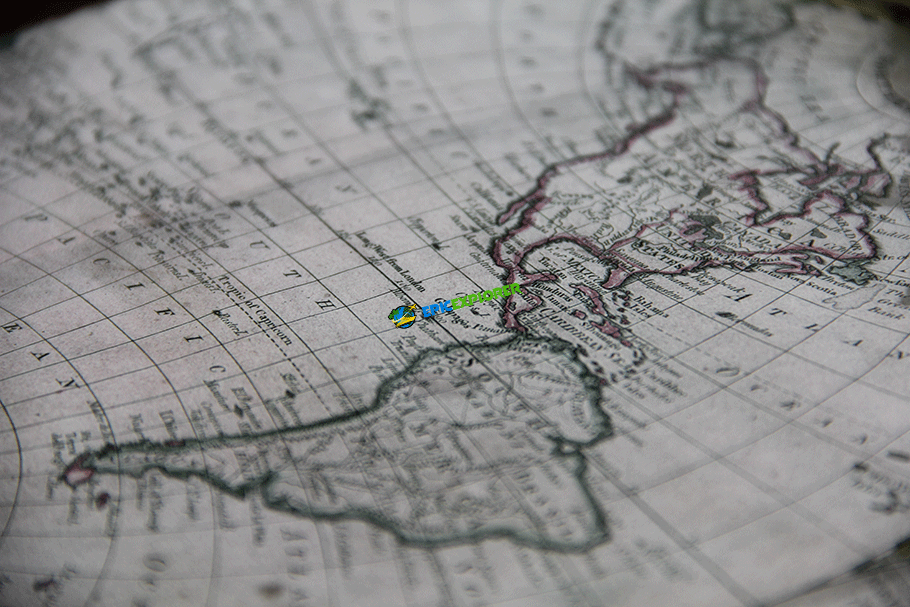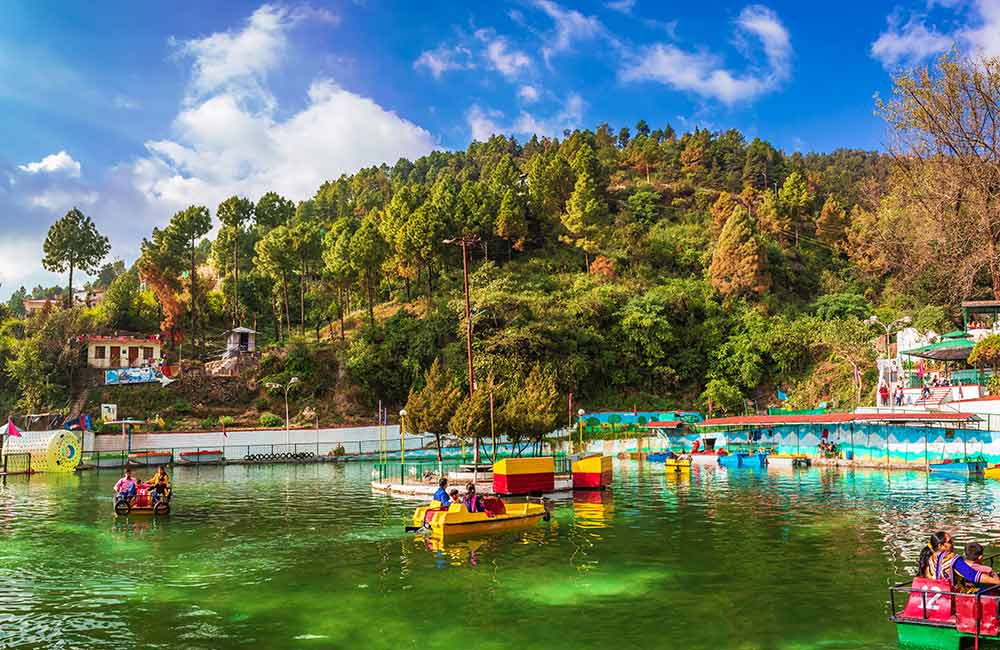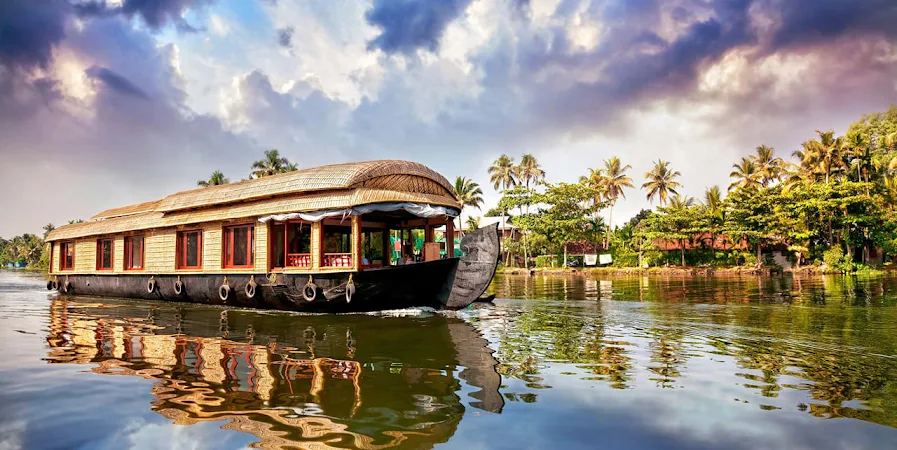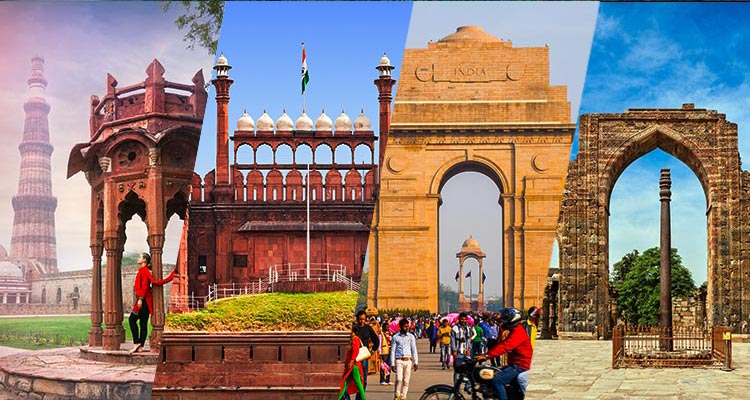Importance of Weekend Getaways near Delhi:
Living in the bustling metropolis of Delhi can be both exhilarating and exhausting. Amidst the chaotic city life, the need for occasional escapes to rejuvenate and unwind becomes paramount. Weekend getaways near Delhi offer the perfect respite, providing a chance to escape the city's hustle and bustle, connect with nature, and explore new places just a short drive away.
Exploring Caves as a Unique Travel Experience:
As humans, we have always been fascinated by the mysteries of the underground world. Exploring caves offers a unique and adventurous travel experience, taking us on a journey to discover hidden chambers, intricate rock formations, and a glimpse of ancient history. These natural wonders often hold archaeological, geological, and cultural significance, making cave exploration an exciting and educational adventure. Whether caving through narrow passages or admiring stunning stalactites and stalagmites, delving into the depths of the earth promises an unforgettable and immersive encounter with nature's wonders.
Here are more details about the top 10 caves you should plan to visit on your next trip to India:
1. 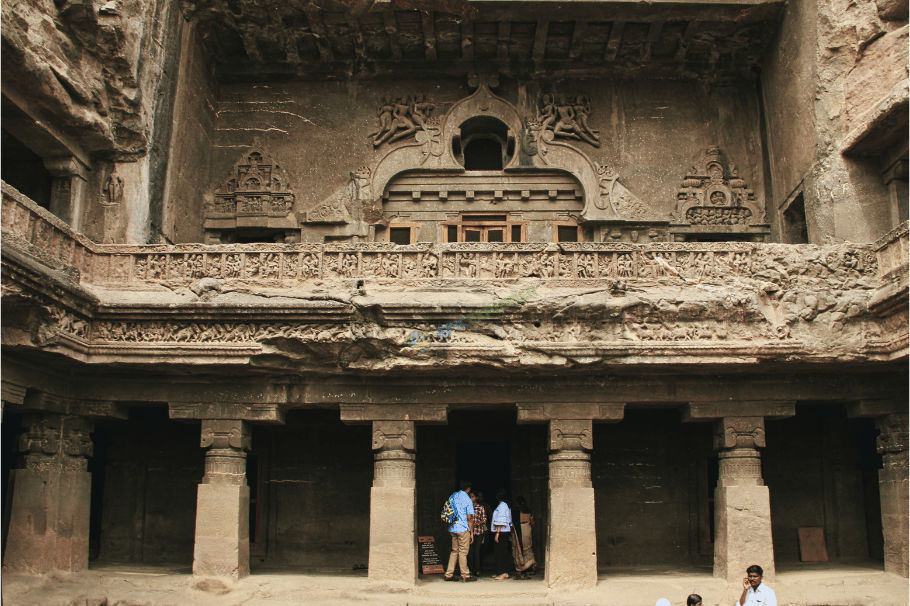
Ajanta Caves, Maharashtra:
Located in the Aurangabad district of Maharashtra, the Ajanta Caves are a masterpiece of ancient rock-cut architecture and Buddhist art. Carved into a horseshoe-shaped cliff, the caves date back to the 2nd century BCE and are adorned with exquisite paintings and sculptures depicting the life of Lord Buddha and Buddhist teachings. These UNESCO World Heritage-listed caves are a must-visit for history and art enthusiasts.
1. 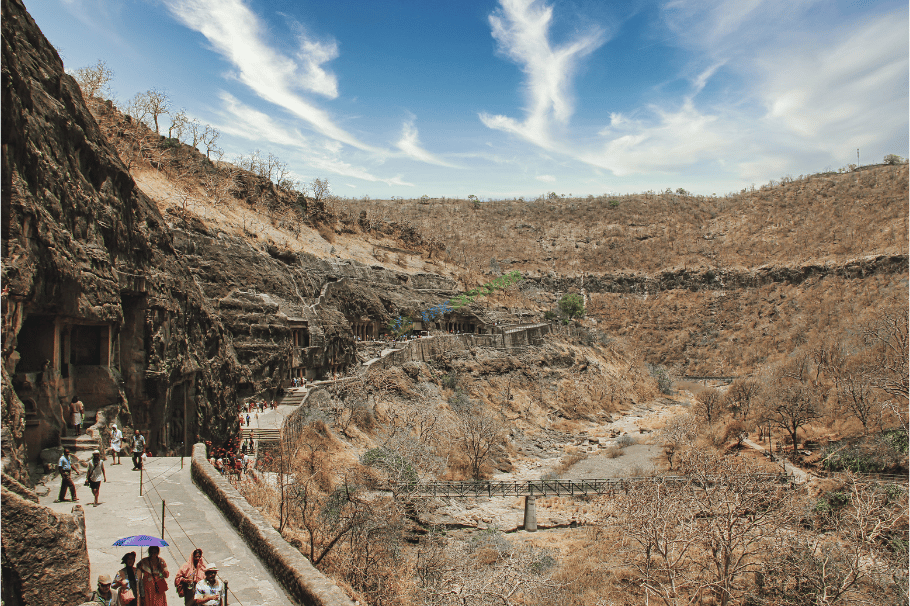
Ellora Caves, Maharashtra:
Situated near Aurangabad, the Ellora Caves are an architectural marvel showcasing a combination of Hindu, Buddhist, and Jain cave temples. Spanning over 2 kilometers, the caves feature intricate carvings, monolithic structures, and massive sculptures of deities. The Kailasa Temple, carved from a single rock, is the highlight of Ellora and is a testament to ancient craftsmanship and engineering.
1. 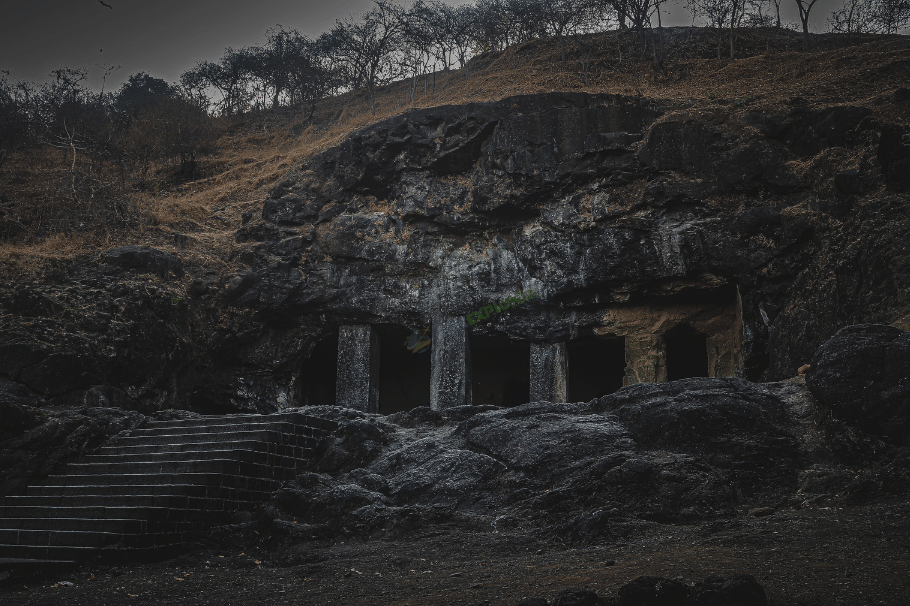
Elephanta Caves, Maharashtra:
Located on Elephanta Island in Mumbai's harbor, these historic caves are dedicated to Lord Shiva and date back to the 5th to 8th centuries. The main cave houses a colossal three-headed sculpture of Shiva, known as the Maheshmurti, along with intricately carved panels depicting mythological stories. Designated as a UNESCO World Heritage site, the Elephanta Caves offer a glimpse into India's rich sculptural heritage.
1. 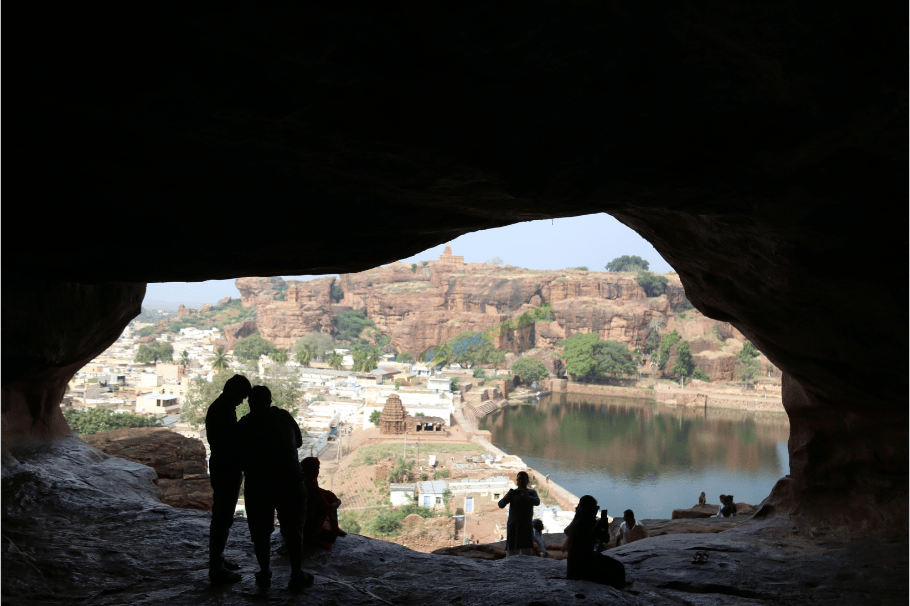
Badami Caves, Karnataka:
The Badami Caves, situated in the town of Badami, are a group of four rock-cut cave temples dating from the 6th to 7th centuries. Carved into the sandstone cliffs, these Hindu and Jain temples feature splendid sculptures and architectural elements. The most impressive cave is Cave 3, dedicated to Lord Vishnu, boasting a massive relief sculpture of his cosmic form, Trivikrama.
1. 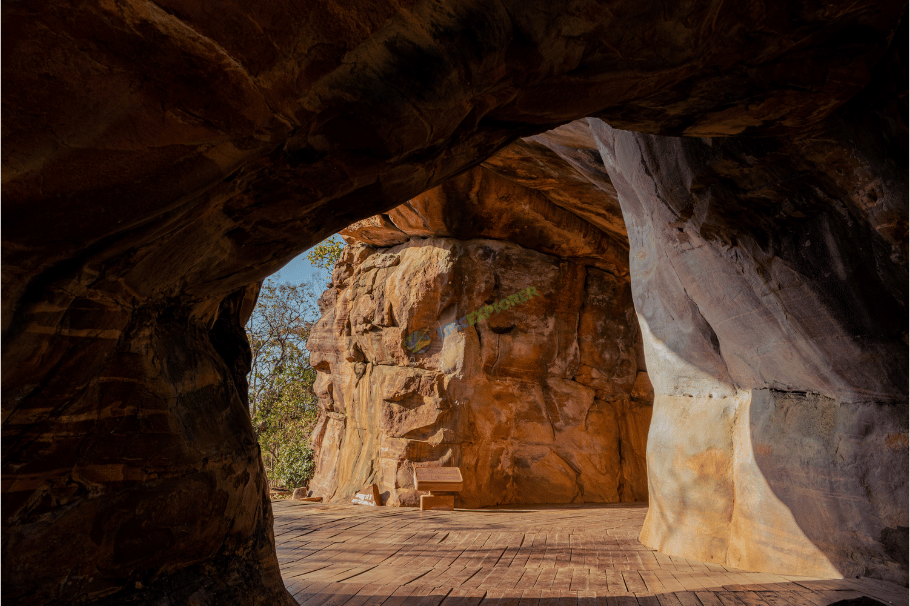
Bhimbetka Caves, Madhya Pradesh:
Located near Bhopal, the Bhimbetka Caves are an archaeological treasure trove and a UNESCO World Heritage site. These prehistoric rock shelters showcase some of the earliest evidence of human life in the Indian subcontinent, with cave paintings dating back over 30,000 years. The vivid paintings depict scenes of daily life, rituals, and wildlife of the ancient inhabitants, making it a significant archaeological site.
1. 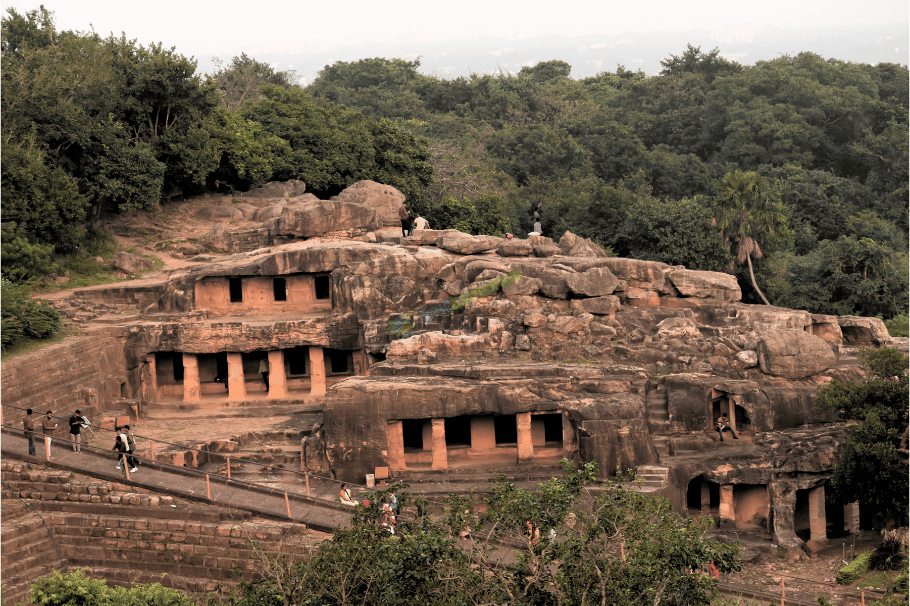 Udayagiri and Khandagiri Caves, Odisha:
Udayagiri and Khandagiri Caves, Odisha:
Udayagiri and Khandagiri Caves in Odisha are a remarkable complex of rock-cut caves that hold immense historical and archaeological significance. Located near Bhubaneswar, the state capital, these caves date back to the 1st century BCE and are considered one of the earliest examples of rock-cut architecture in India.
1. 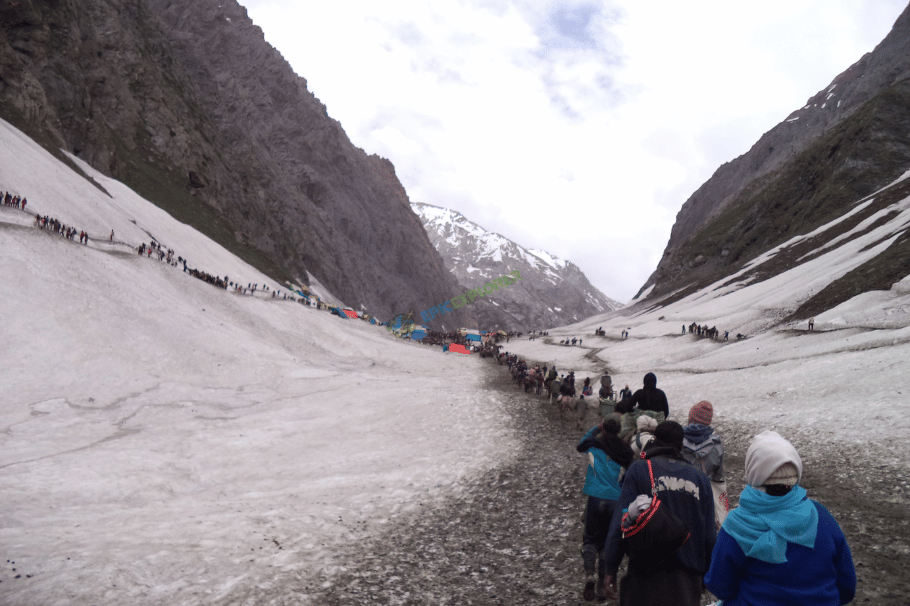
Amarnath Cave, Jammu and Kashmir:
The Amarnath Cave, situated in the Himalayan region of Jammu and Kashmir, holds immense religious significance for Hindus. It is believed to be the abode of Lord Shiva, and an annual pilgrimage called Amarnath Yatra attracts thousands of devotees who trek through challenging terrain to seek blessings from the natural ice Shivlingam formed inside the cave.
1. 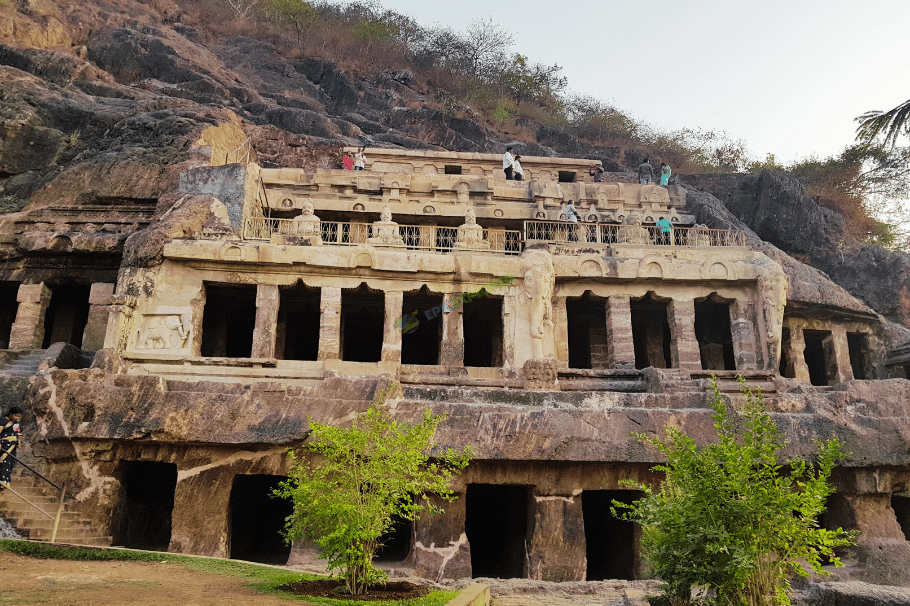
Undavalli Caves, Andhra Pradesh:
Located near Vijayawada, the Undavalli Caves are a group of monolithic rock-cut caves dating back to the 4th to 5th centuries. These caves served as a monastery for Buddhist monks and are adorned with sculptures and intricate carvings. The largest cave features a massive reclining sculpture of Lord Vishnu, making it a popular historical and architectural site.
1. 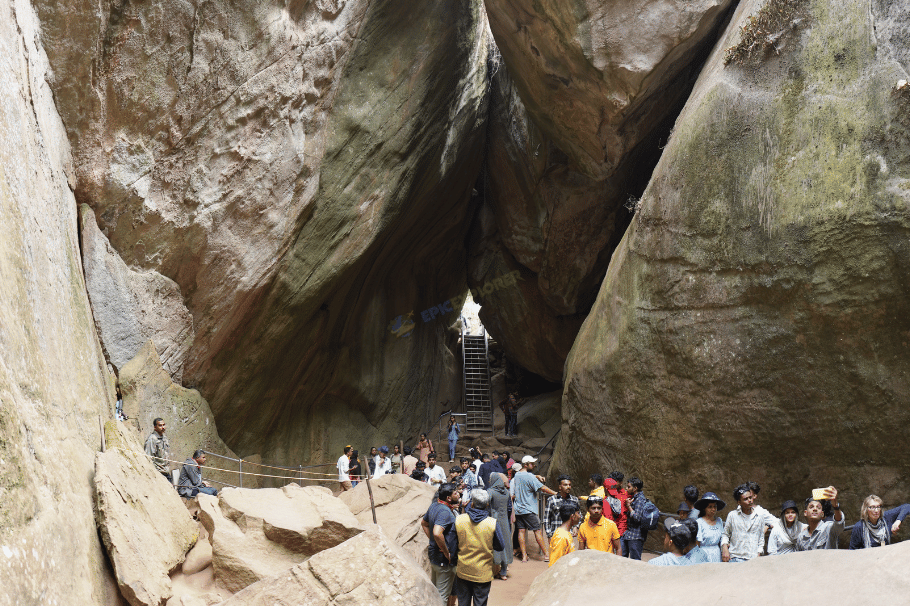
Edakkal Caves, Kerala:
Nestled in the Wayanad district of Kerala, the Edakkal Caves are unique as they consist of natural rock formations formed by large boulders wedged between two cliffs. The caves are renowned for their ancient rock engravings, dating back over 6,000 years, providing valuable insights into the prehistoric life and culture of the region.
1. 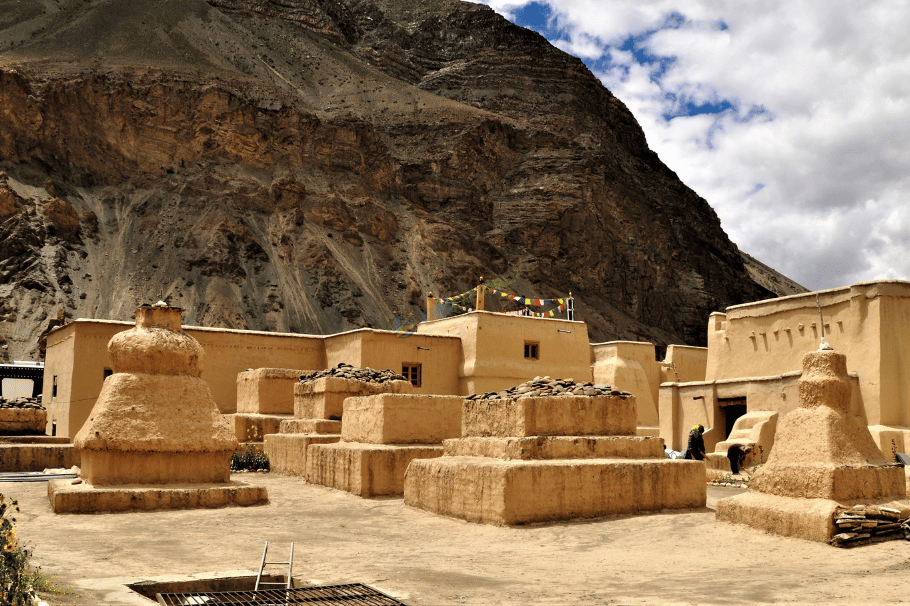
Tabo Caves, Himachal Pradesh:
Located in the Spiti Valley, the Tabo Caves hold immense spiritual significance for Buddhists. The caves house ancient meditation cells and are part of the Tabo Monastery complex, one of the oldest continuously operating monasteries in India. The serene and isolated surroundings make it an ideal place for contemplation and spiritual retreat.
Visiting these caves not only offers a glimpse into India's rich cultural and religious heritage but also provides an opportunity to appreciate the artistic and architectural brilliance of ancient civilizations. Each cave has its own unique charm and significance, making them a treasure trove of history, art, and spirituality for travelers exploring India's diverse heritage.
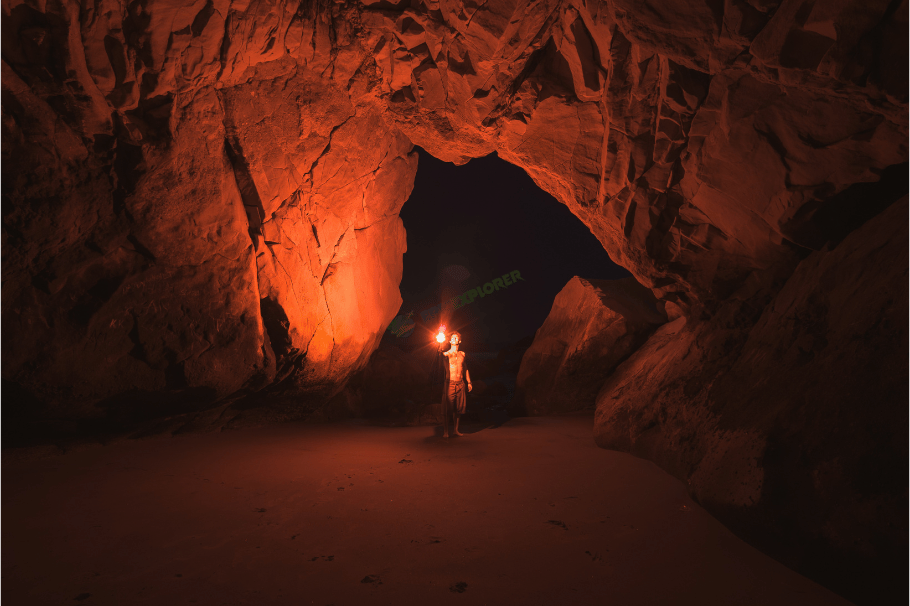
Conclusion:
India is a treasure trove of awe-inspiring caves, each holding a unique story and significance. From the ancient Buddhist art at Ajanta and Ellora Caves in Maharashtra to the prehistoric rock paintings at Bhimbetka Caves in Madhya Pradesh, these archaeological wonders provide a captivating journey through time and offer a glimpse into India's rich cultural and religious heritage.
The elaborate carved sculptures at Elephanta Caves in Mumbai and Badami Caves in Karnataka showcase the exquisite craftsmanship of ancient artisans, while the natural rock formations at Edakkal Caves in Kerala and Tabo Caves in Himachal Pradesh reveal the raw beauty of Mother Nature.
Visiting these caves is not only a chance to marvel at ancient art and architecture but also an opportunity to connect with history, spirituality, and the diverse cultures that have flourished in India over millennia. Whether you are a history enthusiast, art lover, or simply seeking unique travel experiences, exploring the caves of India promises an unforgettable journey filled with wonder and enlightenment. Embark on this extraordinary adventure to delve into the depths of India's past and witness the enduring legacy of its ancient civilizations.

